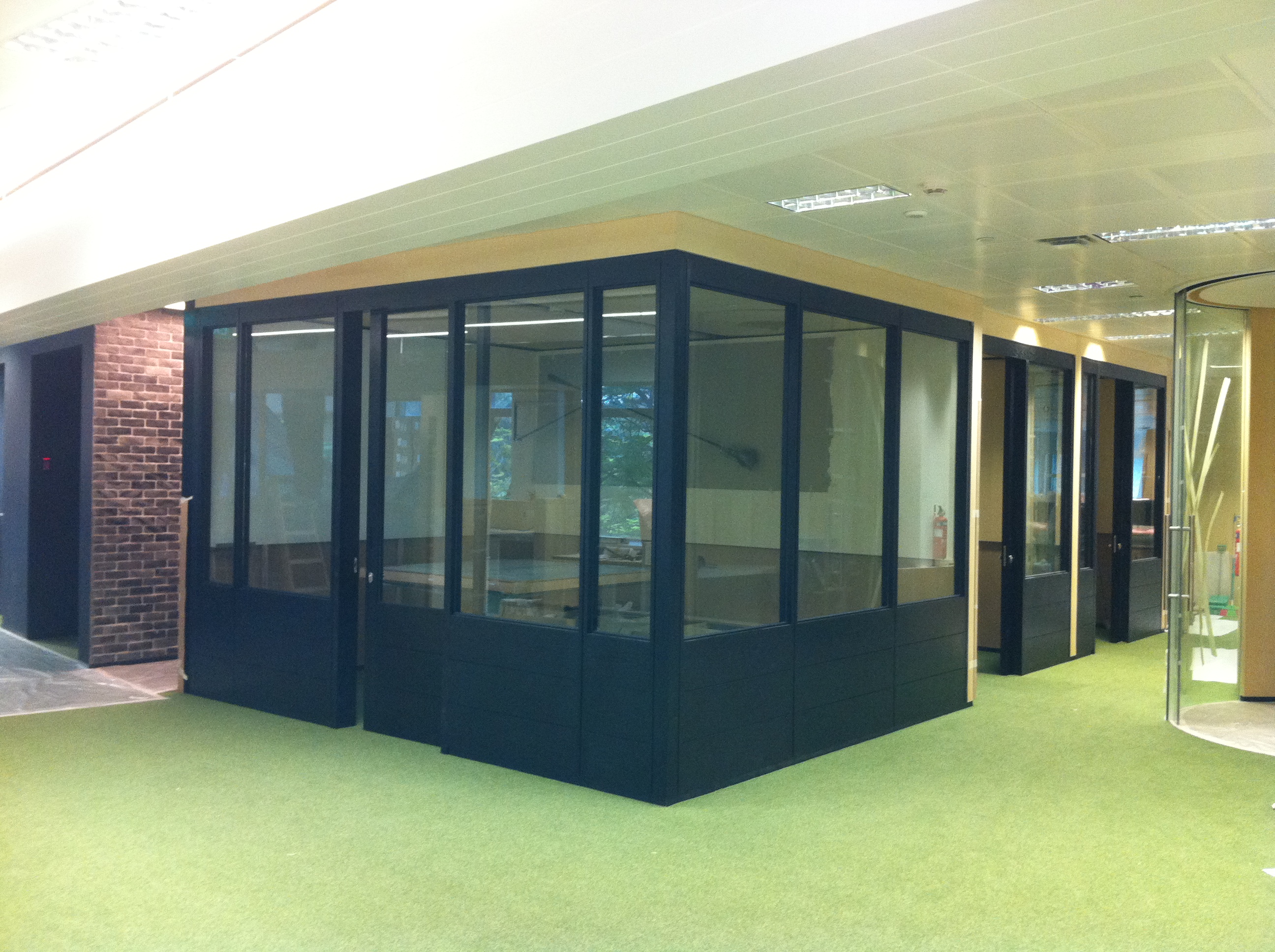
Acoustic foam panel is a sound dampening insulation that is very easy to install. It absorbs multi-frequency noise, minimizes reverberation, enhances acoustics, and prevents sound from escaping the four walls with which you line it.
G.H. Renovation suggests trying ourAcoustic Foam Panel for a low-budget recording studio that’s high on sound but small on echo. Our Class A Acoustic Foam Panel can be an outstanding no-construction-needed issue for a soundproof area such as a hospital server room where fire regulations are strict and high-heat.
Acoustic foam panel is suitable for ceiling tiles, utility rooms, machinery enclosures, medical equipment in machine rooms, clean rooms, computer rooms, offices, ranges of weapons, engine compartments, compressor enclosures, etc., production facilities.
Constructed with flexible polyurethane foam, our acoustic foam panel is designed to absorb sound with added protection against rips and tears. At an affordable low price, they provide you with high quality, easy-to-install soundproofing product. As with most foam products, you may expect a product that has lovely acoustic sound absorption properties that ensure careful control of sound quality. Our acoustic foam panels work without the user needing additional padding or costs.
The following qualities are found in our acoustic panel:
2″ to 4″ Thickness:
Usually, acoustic panels have thicknesses of either 2″ or 4″. But the conventional wisdom suggests that “stronger is thicker.” The industry standard is known to be panels with these thicknesses so that they can absorb very low voice frequencies.
Surface Pattern
On their outer surface, most panels will have some 3D-pattern wedged and the two most common pyramids. While output can affect the exact pattern, the variations are small, and there is no single pattern that surpasses all others. So feel free to choose the style that suits you.
Dimensions
Individually, the scale does not make any sense. But they mean a lot together since they make up the total wall coverage surface area. And although the wall’s ideal coverage varies by space, for most home studios, a reasonable starting point is about 48ft2. This is why 1 out of 3 combinations are used in several starter packages:
- 48 1ft panels
- 12 2ft panels
- 6 24 ft panels
Any of these will work perfectly fine.
